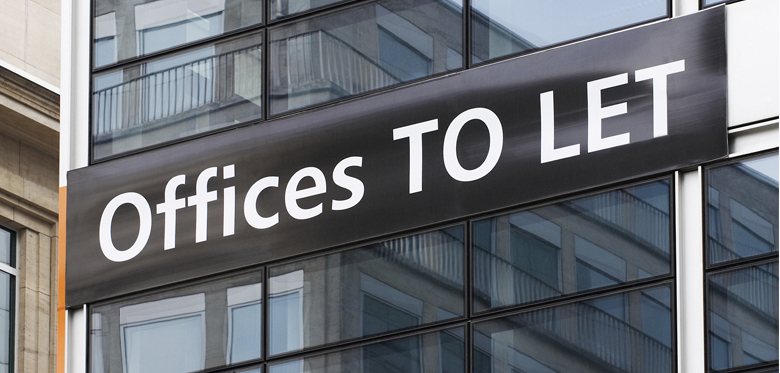
Landlords and/or their agents will often, after agreeing the basic terms with a tenant, send out to them heads of terms containing a number of terms and conditions that may seem straightforward and innocuous but often require a level of knowledge that a first-time tenant does not have.
Having worked in the commercial property sector for over 25 years, one of the most common questions that I receive from tenants is “what does an FRI lease mean?” The short answer is full repairing and insuring lease, but again, this does not really explain to the tenant the full implications.
In a nutshell, this is a lease where the costs of all repairs and insurance are the responsibility of the tenant. The purpose of this article is to explain the risks and the potential remedies that the tenant faces in accepting this repairing obligation. The issue of insurance will be addressed in a future article.
What a tenant often does not realise is that an obligation in a lease to keep the property in repair means that the tenant has to put the property into repair, even if it is not in repair at the start of the lease.
Tenants often believe that the repairing obligation is simply to hand the property back to the landlord in the same condition that it was when they took the lease; this is not correct. If something is out of repair, they are required, during the term of the lease, to repair it.
An example that I have come across is of a tenant taking a lease of a hairdresser’s shop on a full repairing basis. The shop had a roller shutter which did not work from day one; it was therefore out of repair, and by accepting a full obligation to repair, the tenant agreed to an obligation to put it into repair.
At the end of the term, the landlord sent the tenant a list of breaches of the repairing obligation, and at the top of the list was a demand to repair the roller shutter, which ran into thousands of pounds.
The remedy to this is to amend the repairing obligation in the lease so that the tenant is required to hand the property back to the landlord at the end of the term in no better but no worse, condition than that which existed at the date of the lease.
In order to evidence the condition of the property at the start of the lease, a detailed photographic schedule of condition should be prepared, agreed with the landlord, and annexed to the lease.
This will then limit the extent of the tenant’s repairing obligation. However, it should be noted that the more detailed the survey, the better the protection, especially if the tenant is taking the lease of the whole property.
In this scenario, the repairing obligation will then cover not only the interior but also the structure, including the roof. If a tenant is to take a long lease of the whole of a building, I would recommend that they commission a full structural survey to highlight any defects and thereby reduce their liability moving forward.
What is a full repairing and insuring lease?
Also known as an FRI lease. A full repairing lease means that the tenant is responsible for the cost of all repairs, upkeep of the property, and buildings insurance.
If the tenant occupies only part of the building, these costs are usually shared with other tenants and paid in the form of a service charge.
Full repairing and insuring leases are the most common form of lease for business or commercial premises in England and Wales.






